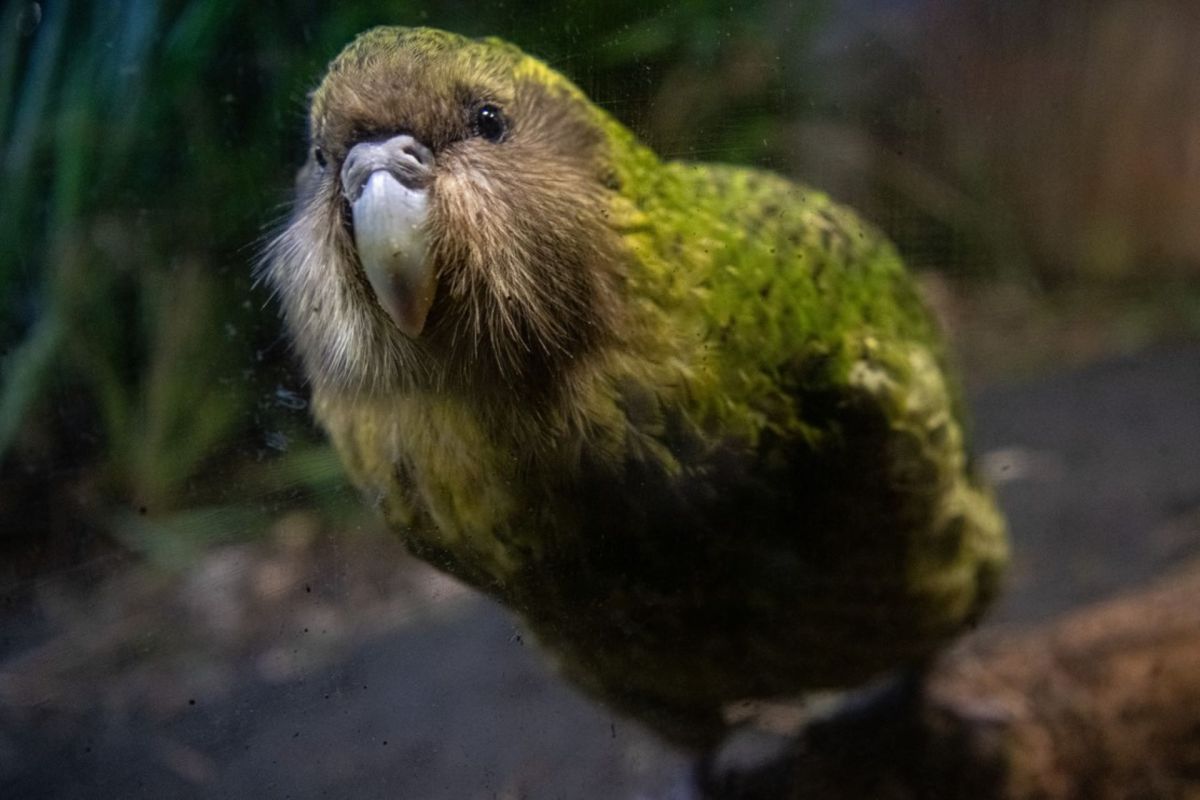Kakapo birds will soon be found on New Zealand's mainland for the first time in 40 years — thanks to an effort to discover suitable alternative habitats.
It's a boost for conservation efforts, which drew from modern science and Maori knowledge to bring the bird back from the brink of extinction.
In 1995, it was thought that only 51 kakapos were still in existence, but between 2016 and 2022, the population reached a high of 252.
1. Last week we translocated 4 critically endangered #kakapo back to mainland NZ - the first time in living memory. One way we'll keep a close eye on them is through their smart transmitters connected to a data network - as on other kākāpō islands. #Tech4Wildlife #conservation pic.twitter.com/TJU93weVkA
— Dr Andrew Digby (@takapodigs) July 28, 2023
Kakapos are flightless birds — they are also known as "owl parrots" — and last lived on the New Zealand mainland in the 1980s, when efforts to move them offshore and away from predators began.
They were hunted to near extinction by predators, and now most live on five offshore islands. Five birds were in captivity on the North Island in the 1960s, but they've not been seen there since.
The effort to bring them back to the mainland has been spurred by the Department of Conservation and the South Island's Ngai Tahu tribe.
Four male birds will be relocated in the program on Sanctuary Mountain Maungatautari. While they aren't being brought to breed, this is still a symbolic step for the future of the kakapo population.
Bunker was one of four juvenile male #kakapo released into Maungatautari Sanctuary Mountain last week, in the first translocation to the mainland in living memory. We'll monitor them closely to ensure they settle in well. #conservation #returnofthekakapo pic.twitter.com/xbVzGfYcBF
— Dr Andrew Digby (@takapodigs) July 24, 2023
According to the New Zealand Department of Conservation blog, Sanctuary Mountain Maungatautari is as close to a pre-human ecosystem as you can get in New Zealand. The addition of a 29-mile fence keeps predators out so kakapo and other species can thrive.
If the translocation is a success, five or six more could join the initial group later in 2023.
Deidre Vercoe, the Department of Conservation's manager for kakapos, said in a statement, "Until now, kakapo[s] have been contained to a few predator-free offshore islands, so to have them now returning to the mainland is a major achievement for all involved."
"It's still unknown whether they will successfully establish here long-term," Vercoe continued. "The main focus of this translocation is to learn if kakapo[s] can thrive in a fenced sanctuary, while taking pressure off the islands ahead of future breeding seasons."
Bunker the kakapo's first encounter with the Maungatautari ngahere. Congratulations to all connected to @maungatautari_s for all the hard work required to realise this dream. pic.twitter.com/rimJfxbJIV
— Bruce Clarkson (@BruceClarkson2) July 20, 2023
Join our free newsletter for cool news and cool tips that make it easy to help yourself while helping the planet.









